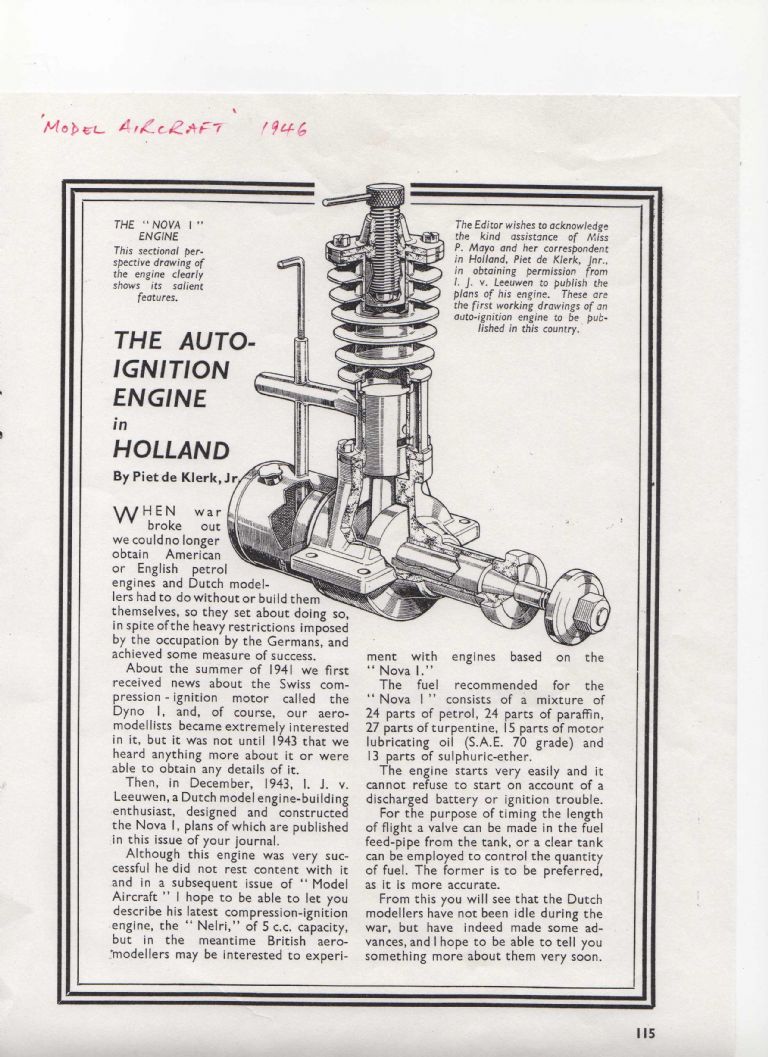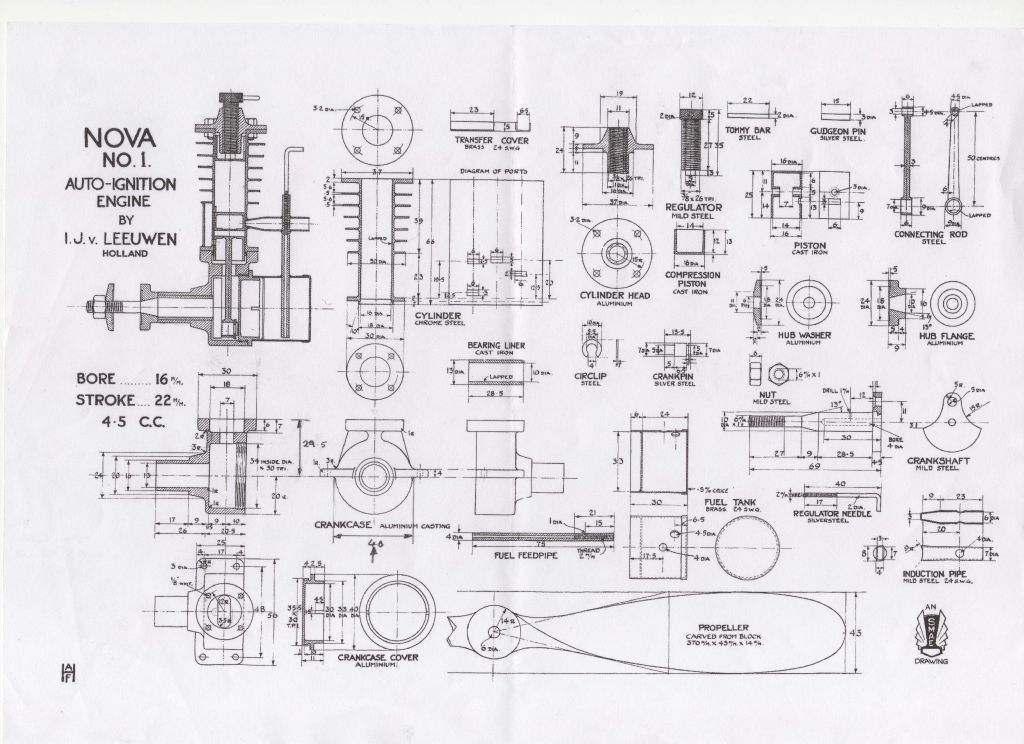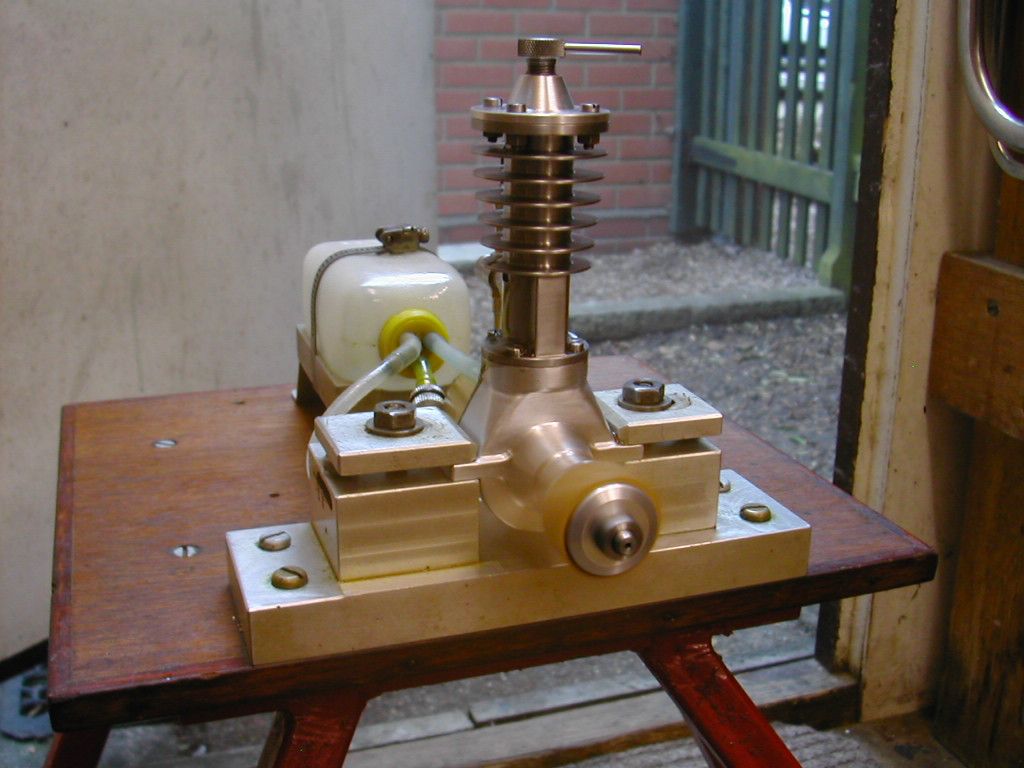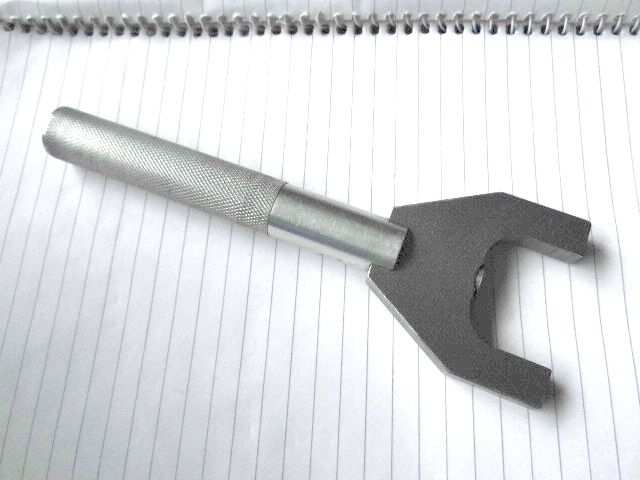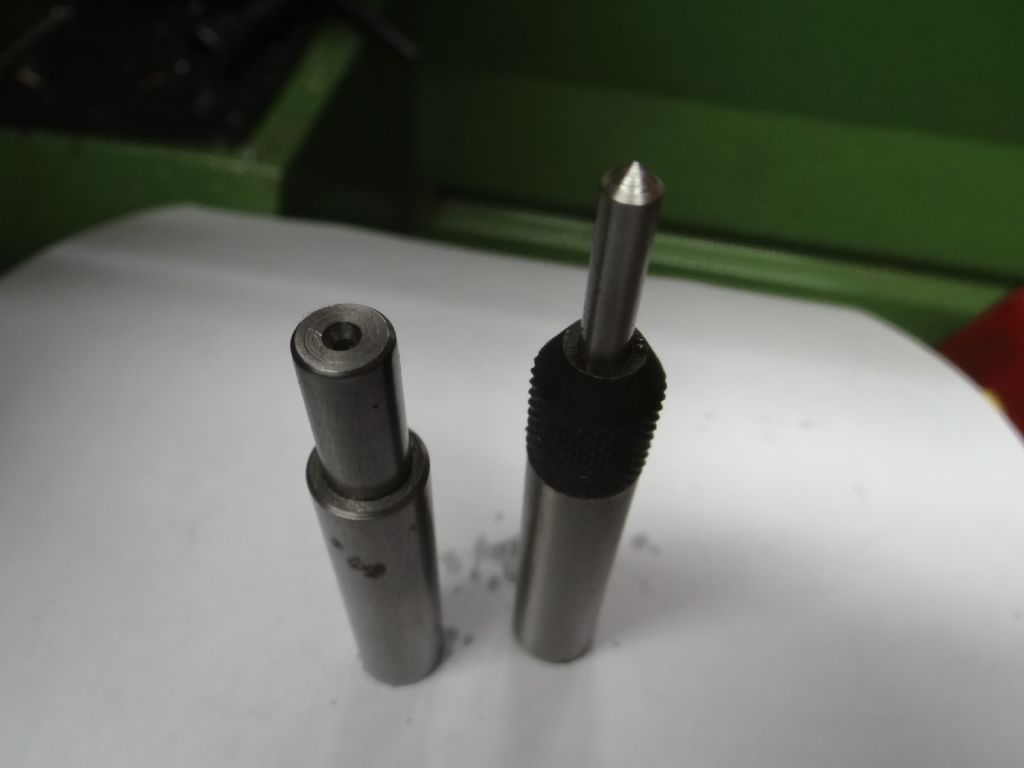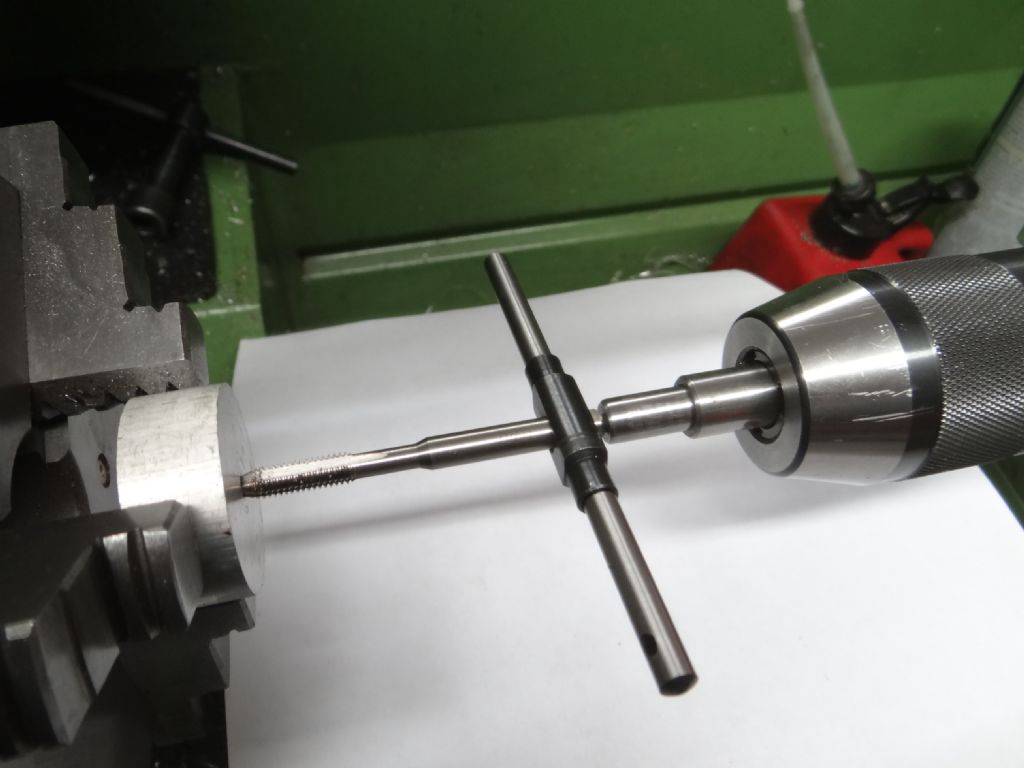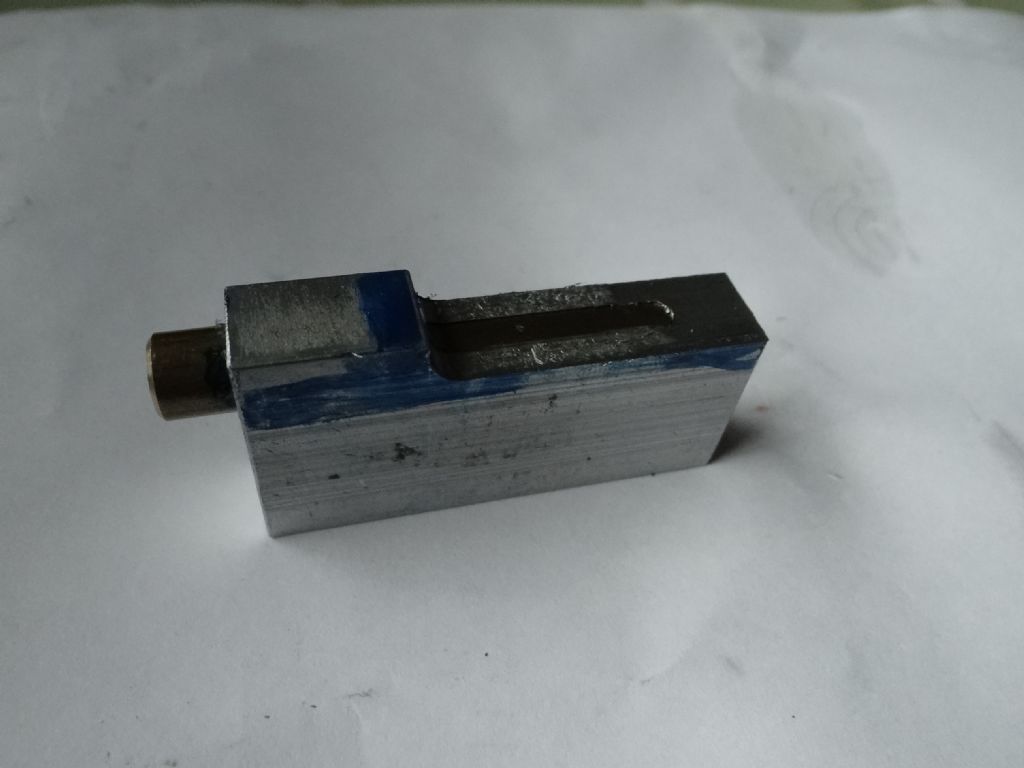Posted by Tim Hooper on 16/11/2022 21:40:35:
…
Howard, I hear you on the making of tools as a learning process. It's obviously easier and cheaper to buy tools online these days, but that's not the point, is it? I did buckle and buy a knurling tool, but I'm already regretting it!
…
No need to be pure about making tools rather than buying them!
One reason is as a training exercise. Make something at the L-plate stage that works instead of taking lots of boring experimental cuts. Experimental cuts are necessary – whilst a lathe works to about 0.02mm, the operator only becomes a machinist after learning enough about cutting tools, how various metals behave, and the effects of rpm, depth of feed, and feed-rate. There's a lot to learn, almost endless, if best results are needed. Not only taking cuts, but planning their sequence (often tricky), and how to read drawings. Hopeful hacking works to a degree, but it's much better to develop skills.
Another is the common need in metalwork to make tools to get the job done, and to make new tools from scratch. Fixtures, jigs, punches, form-tools, you name it. The lathe is called the Queen of machine tools for good reason! It's the tool par-excellence for making other tools. This is quite unlike woodwork, where saws, chisels, screwdrivers, nails and nuts and bolts all have to be bought in. A screw-cutting metal lathe can make nuts and bolts, jolly useful for specials, but I buy nuts and bolts in bags!
Some examples:
1. A home-made ER chuck spanner for my mill. Rather than buy a spanner for the mill when it and I were new friends, I made one. The head was milled from mild-steel, the handle lathe turned, drilled, tapped and knurled on the lathe, apart from the cheeks which were milled. Although the spanner is simple, several techniques had to mastered to make it. Ideally, I should have gone a step further and learned how to case-harden the jaws, but it works well enough.

Next, a female tap holder. Males like the one on the right are easy to buy so I did. But I couldn't source a female, so I made one. The body is bored out to take a spring loaded head, with a pinned base to stop the innards ejecting. All done on the lathe, but a

Tap holders are used in a set-up like this, their important purpose is to hold a screw-cutting tap at 90° to the hole. Misery ensues if a tap goes in askew, and tapping without mechanical help is too easy to get wrong.

Lastly, this strange beast. It was made to support a long brass pin so that half the diameter of the shaft could be milled off. I remember holding the pin in the steel block with a dab of super-glue for cutting, but not what the pin was for! Odd tools like this often turn up in deceased workshop sales, and no-one knows what they're for.

Punches are a good place to start. The point faced off flat and turned to an accurate diameter, then the handle optionally knurled, number-stamped, polished, and otherwise beautified. If made in silver steel, hardened and tempered too. Getting the first one right and going the full monty on finish could take a beginner a few days, but once the skills are obtained they, and similar objects, can be quickly knocked out.
Making real things is a good way of establishing how effective the operator and his machines are. Many lathe shortcomings, such as worn second-hand or poorly finished new hobby machines, can be circumvented by a skilled operator. Individuals vary too. I'm forgetful and clumsy, others seem to have be born with a magic touch. I've found the forum invaluable – more so than internet videos, many of which contain inadvertent bad practice. Watch them with your critical filter set to 11! The forum is better because people correct misleading posts and offer alternatives.
Dave
noel shelley.



